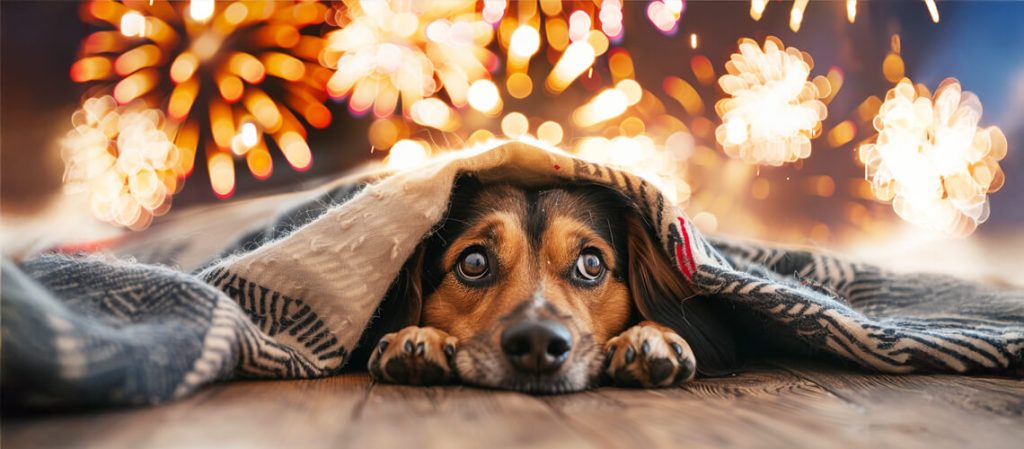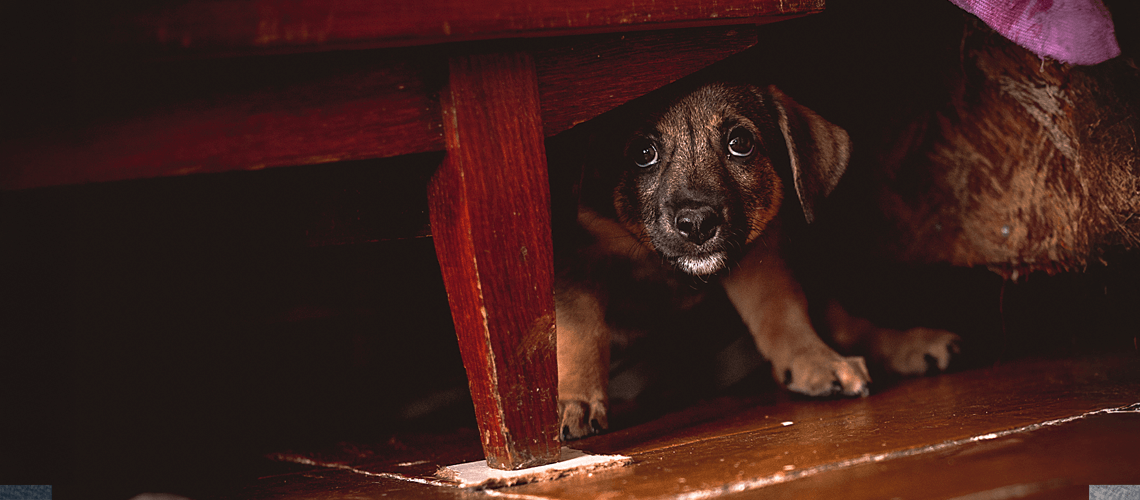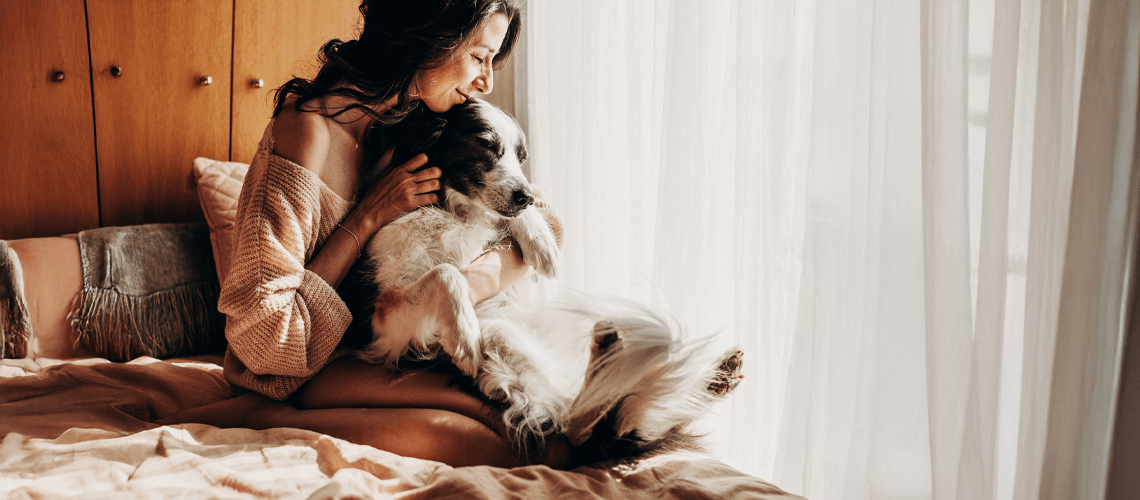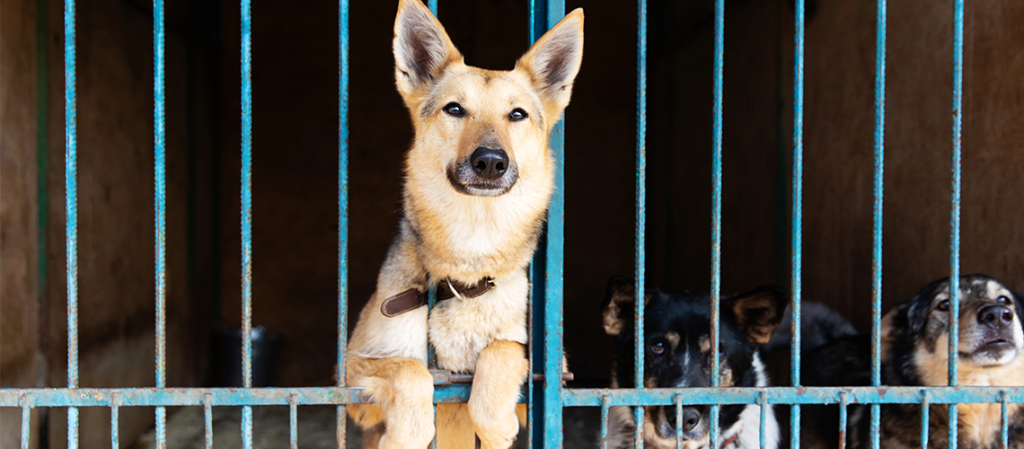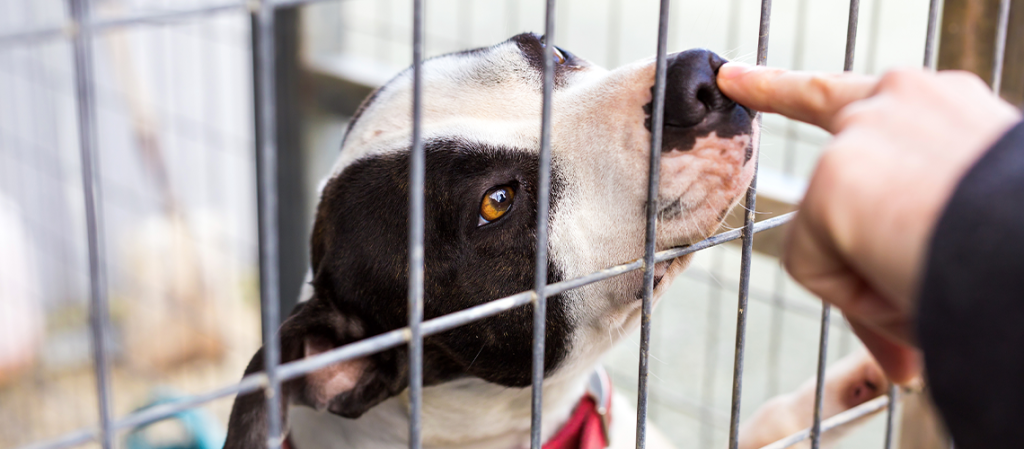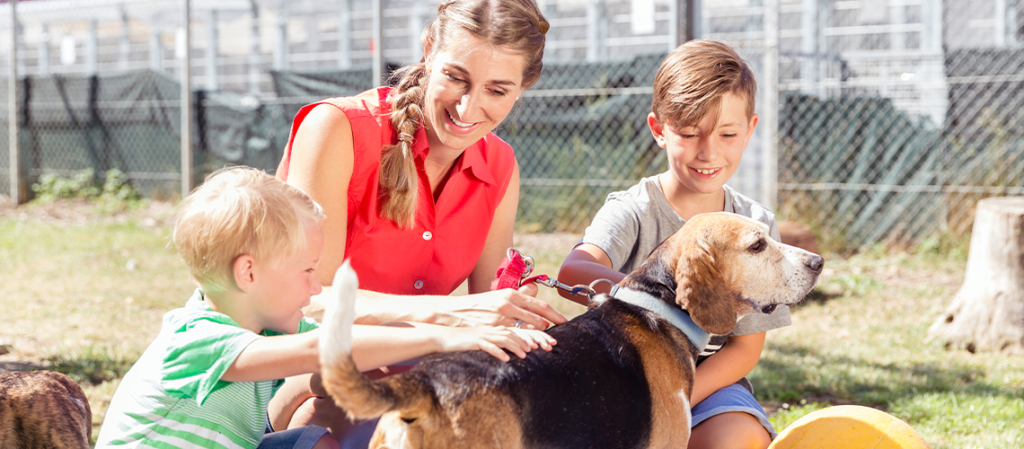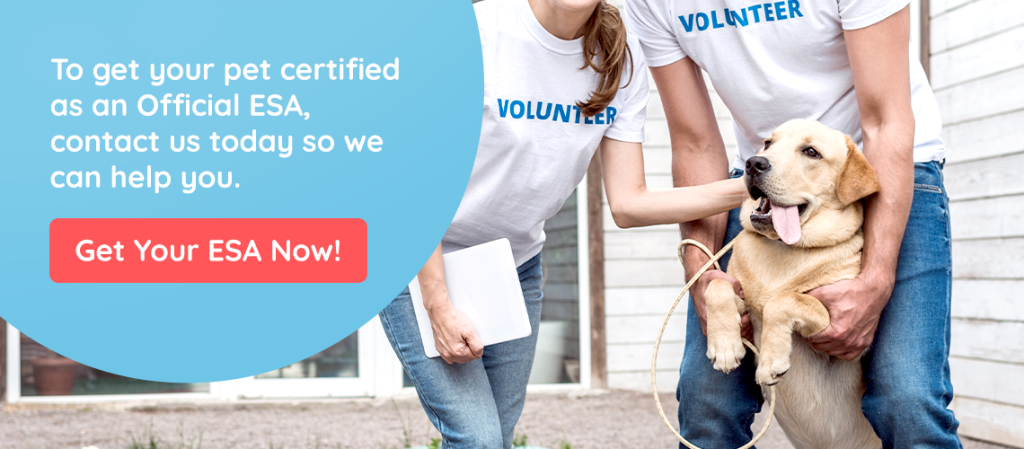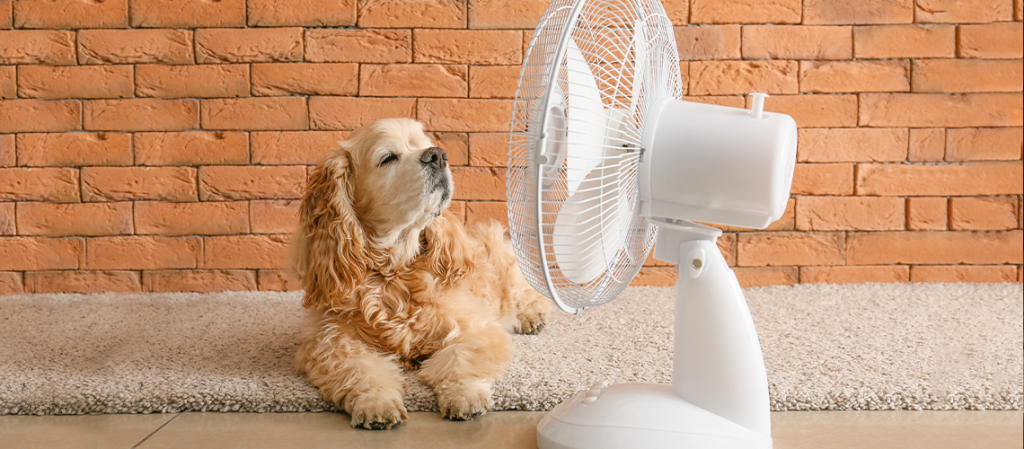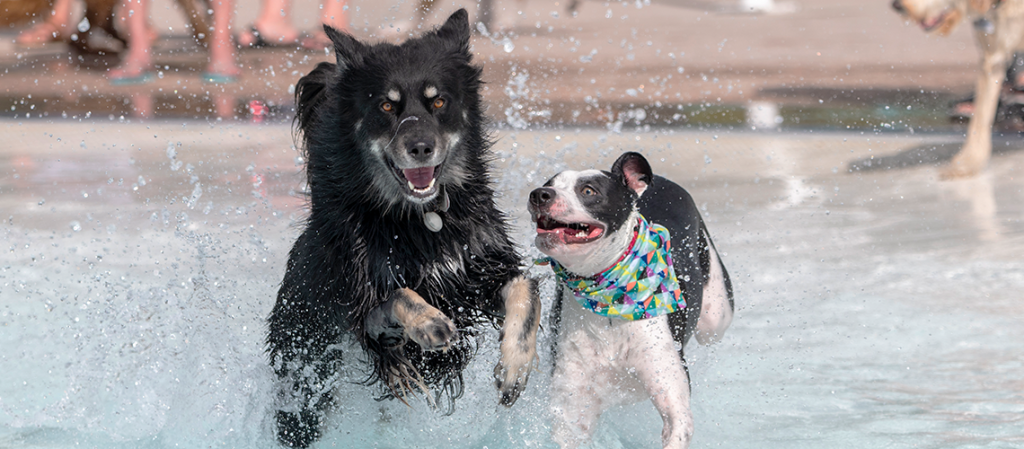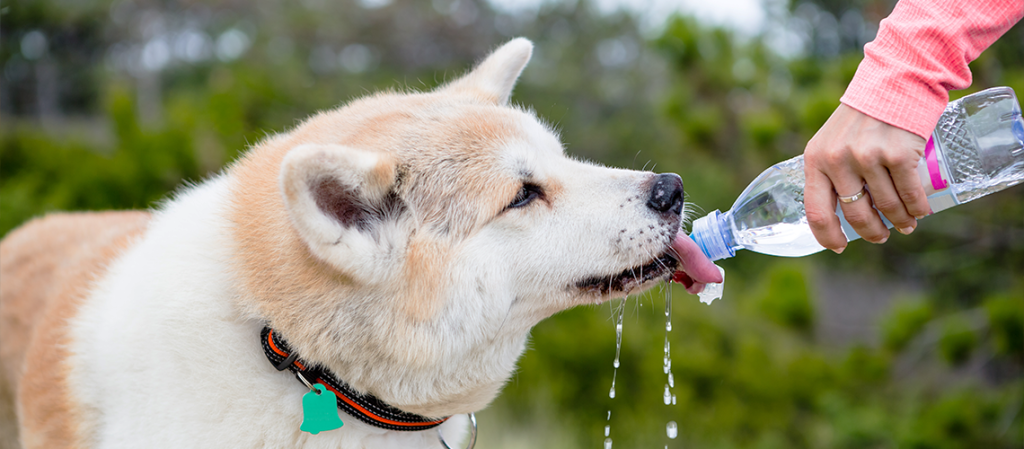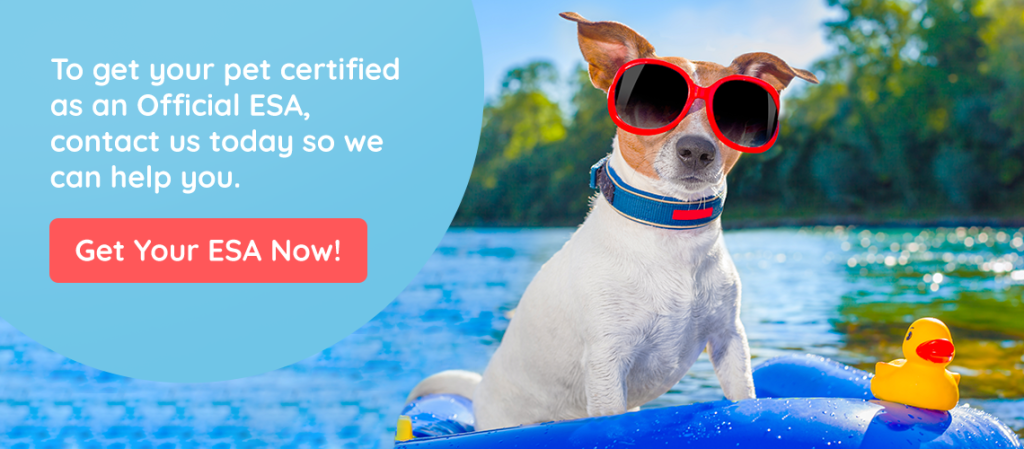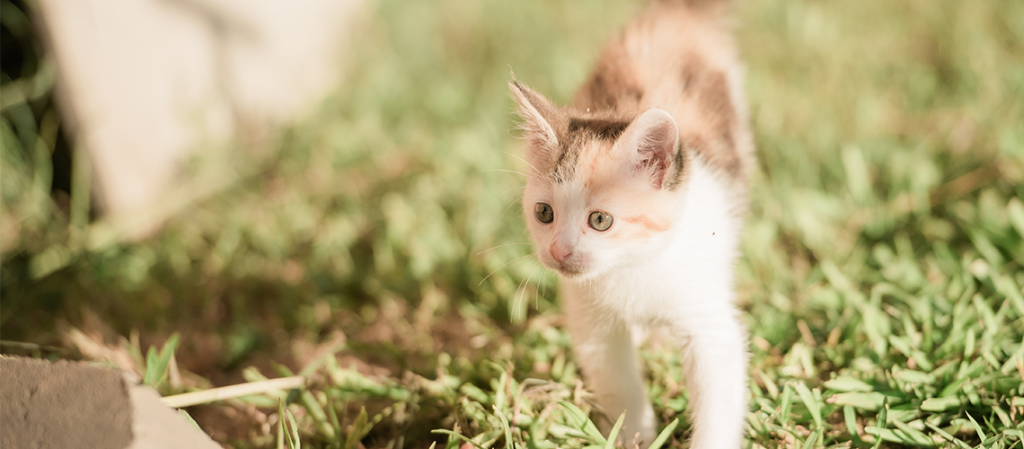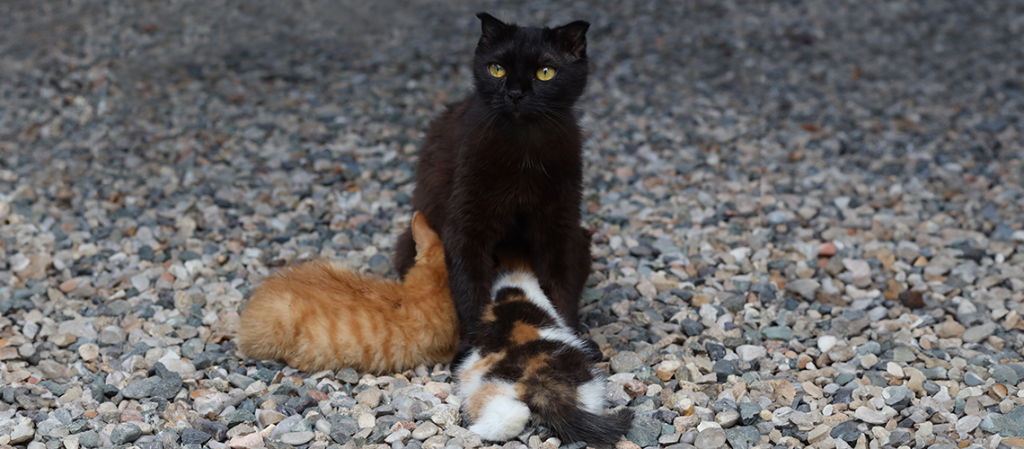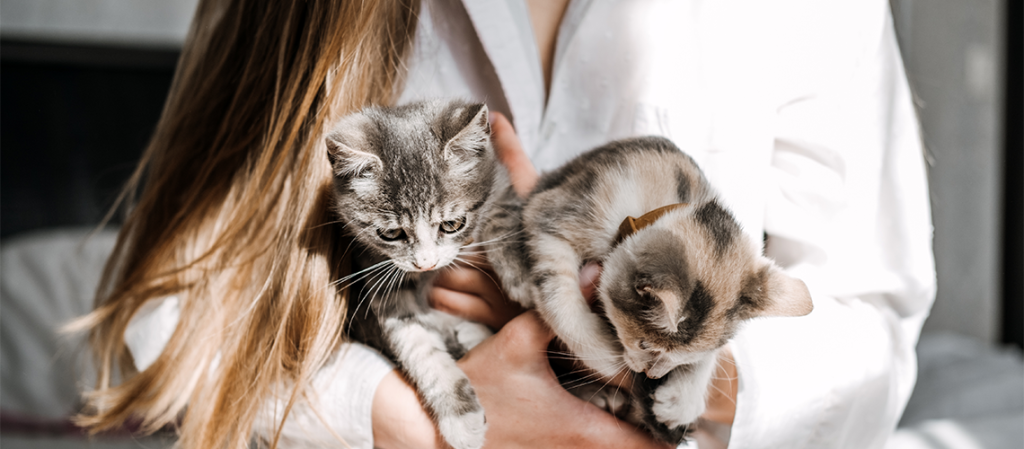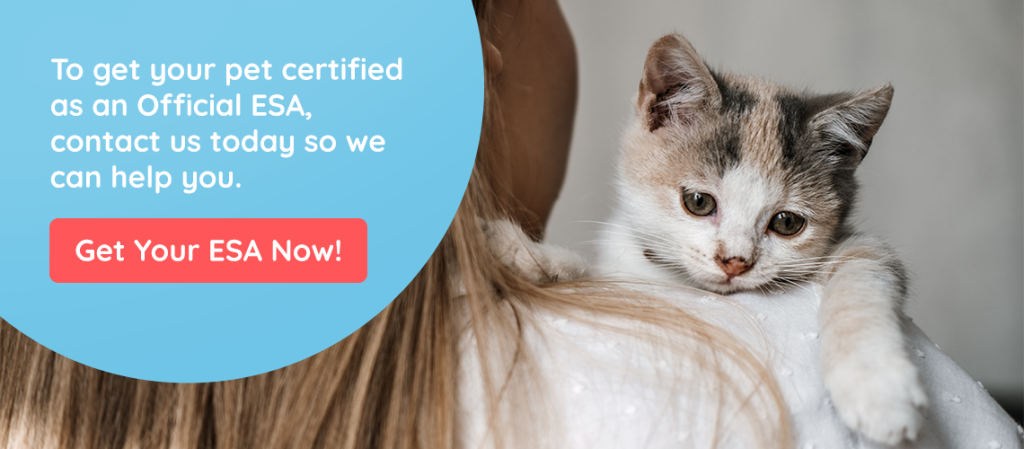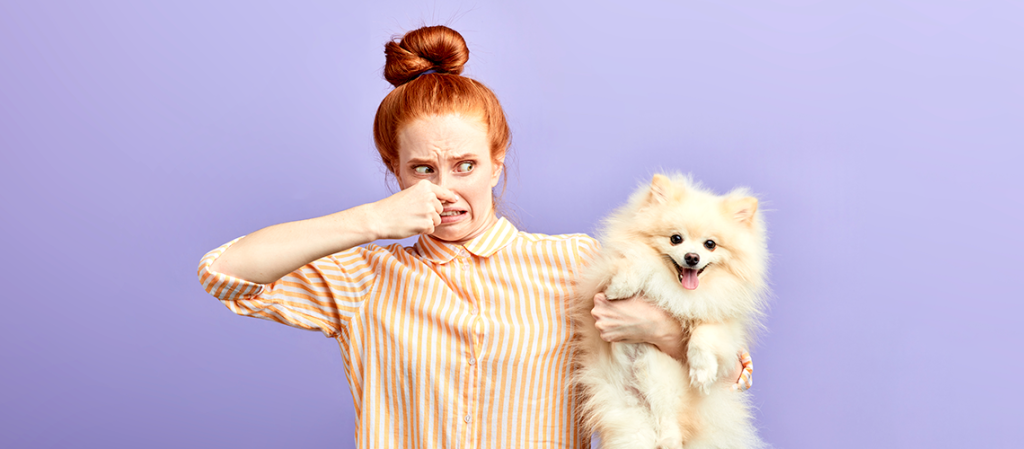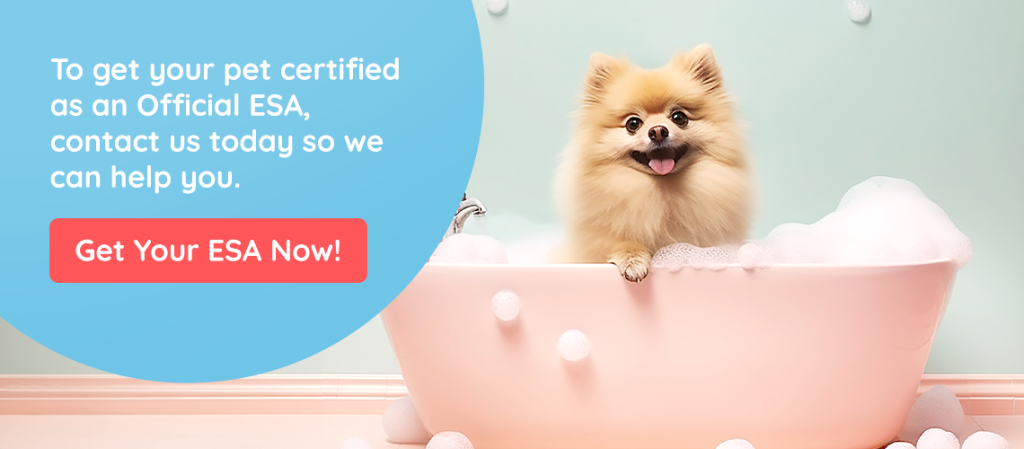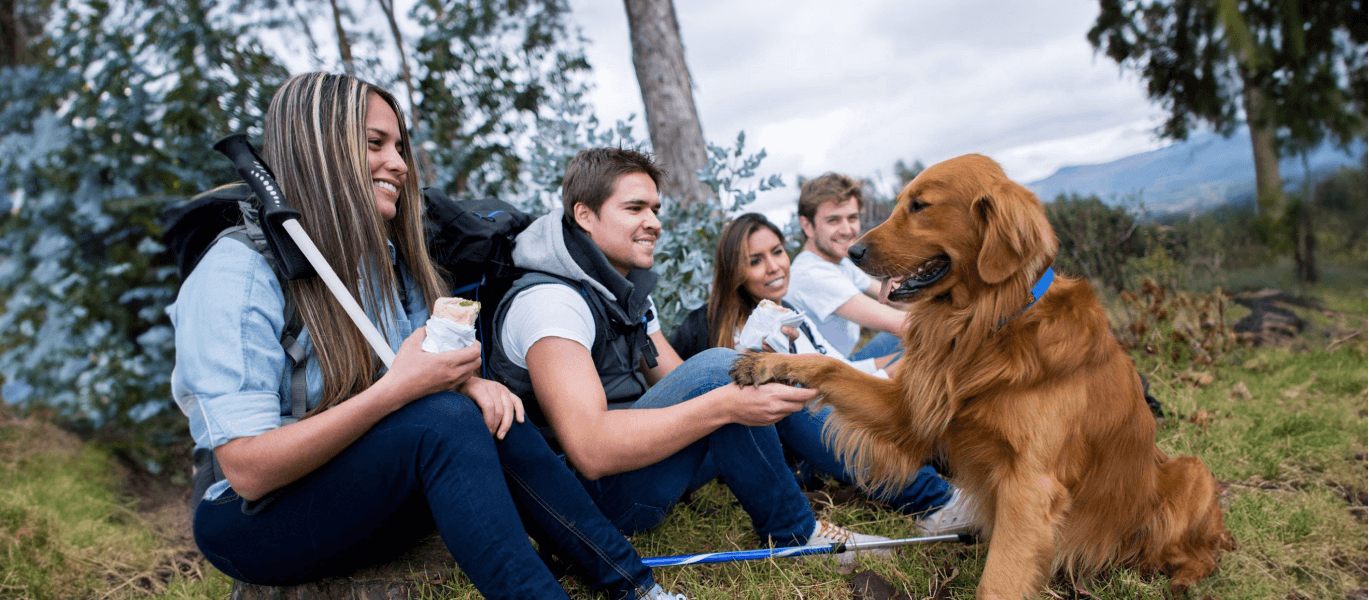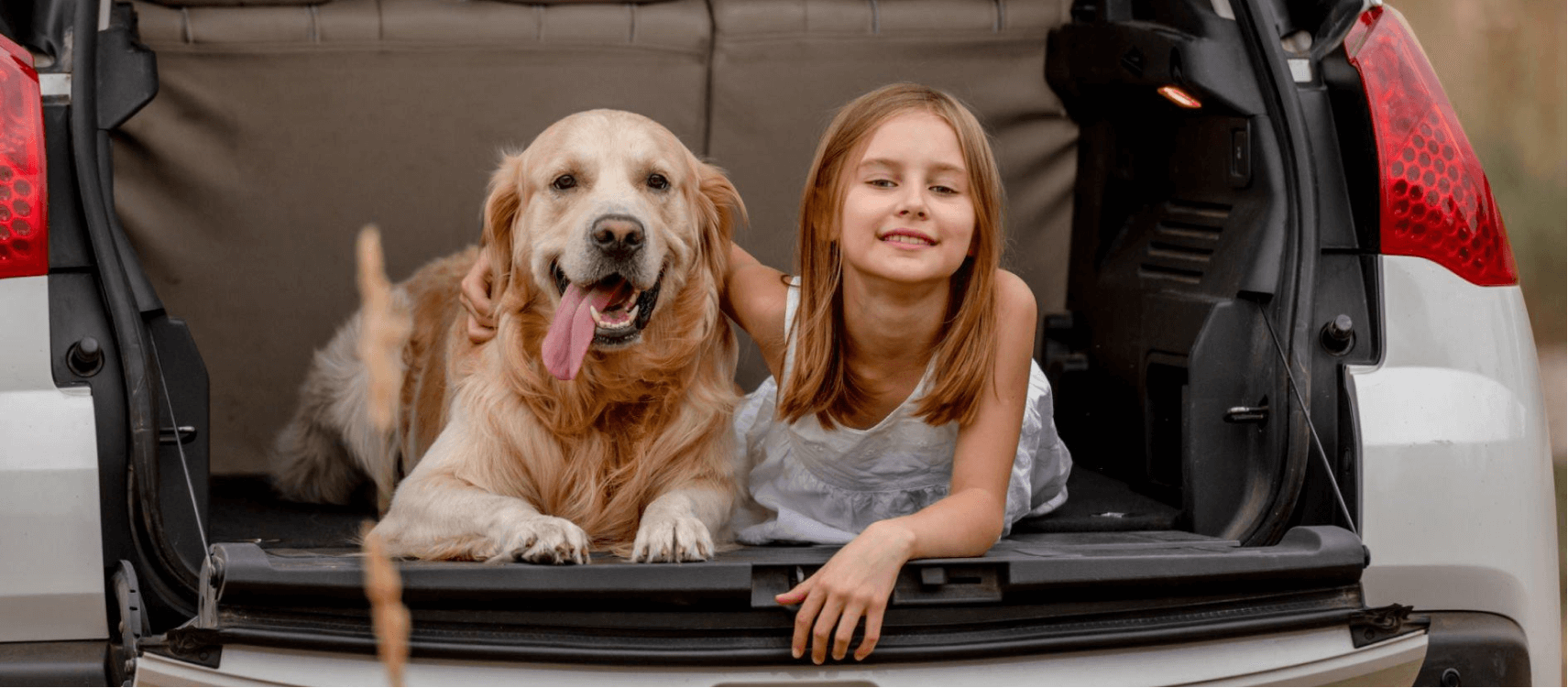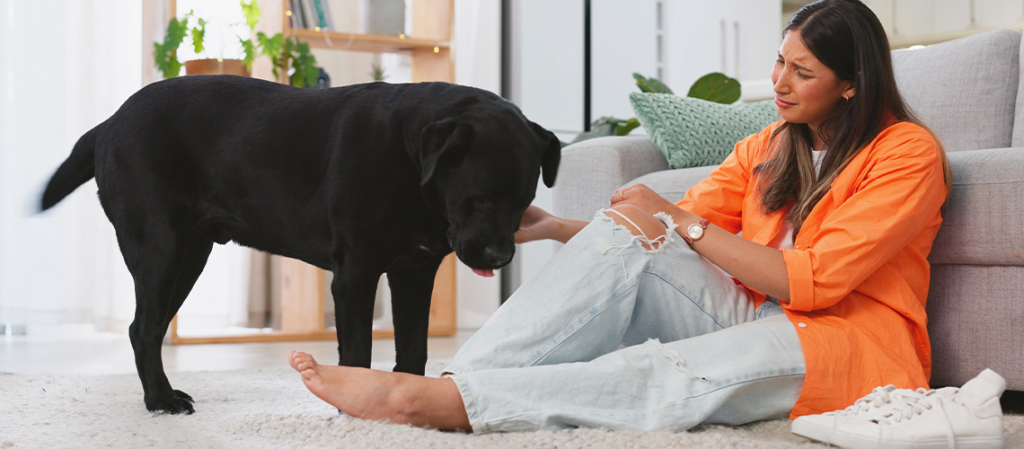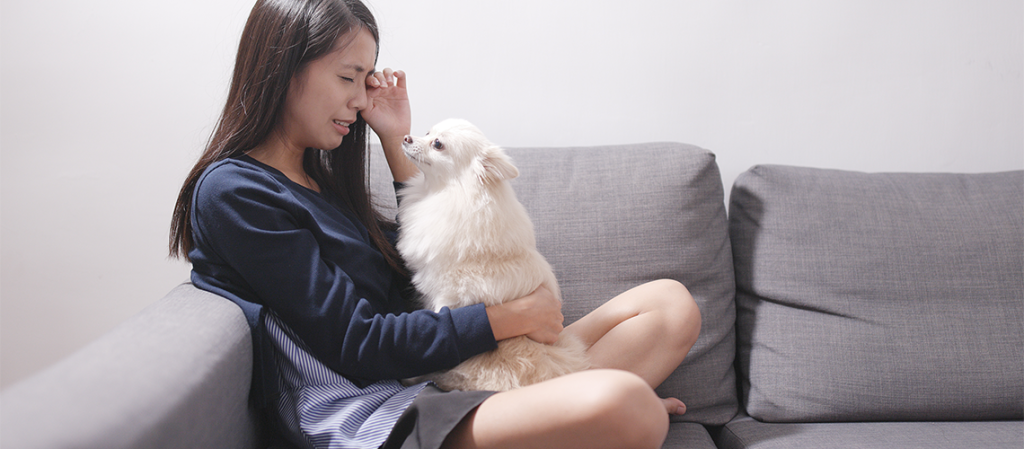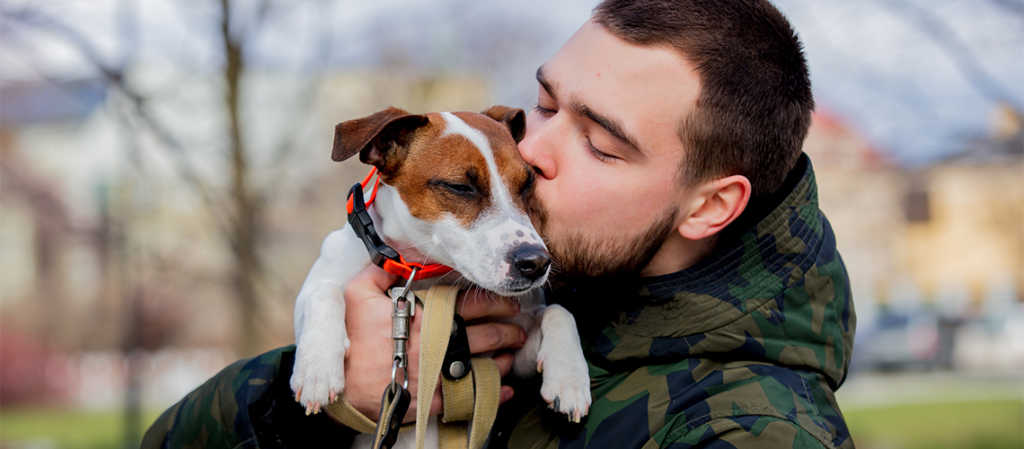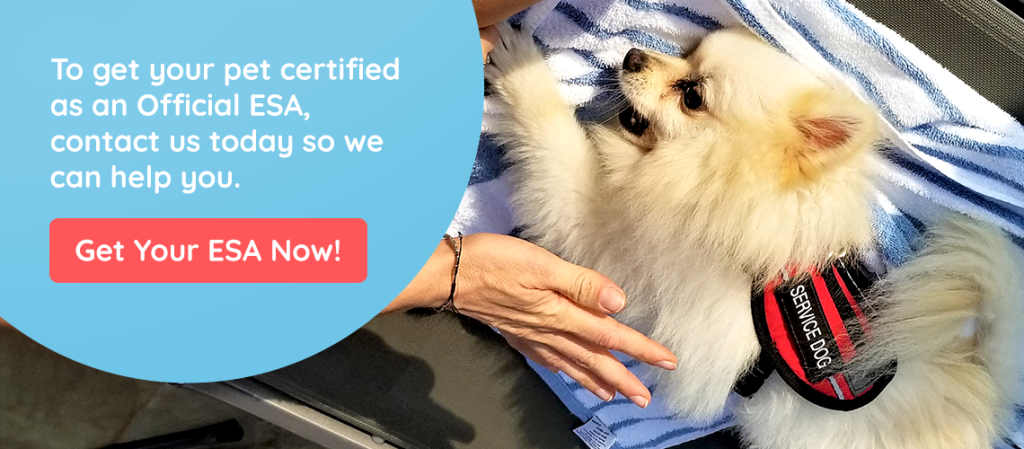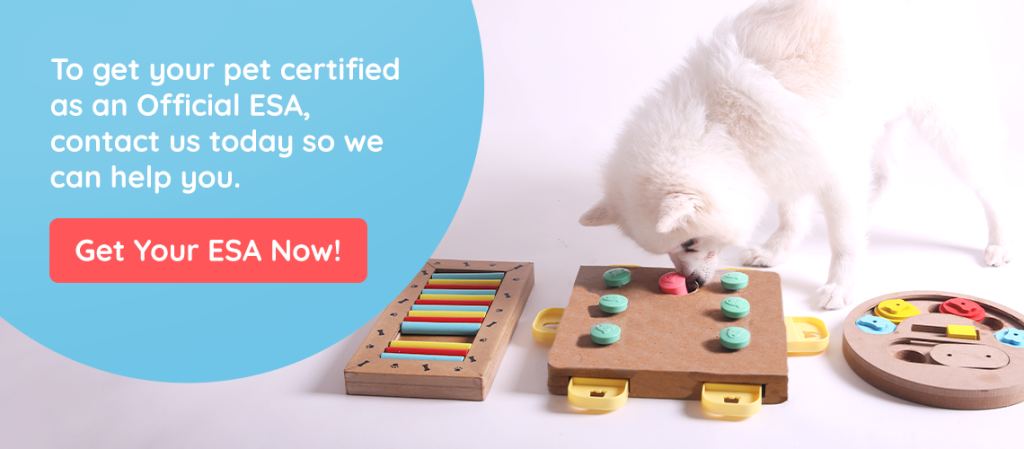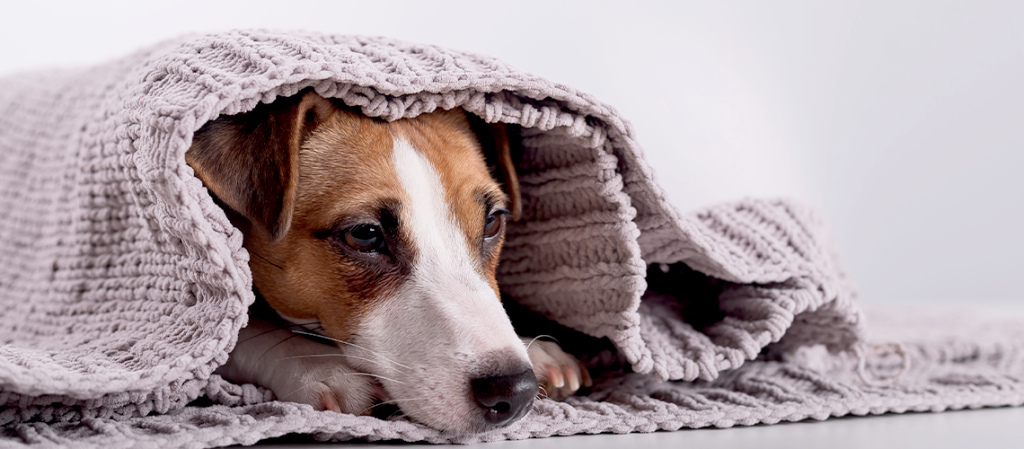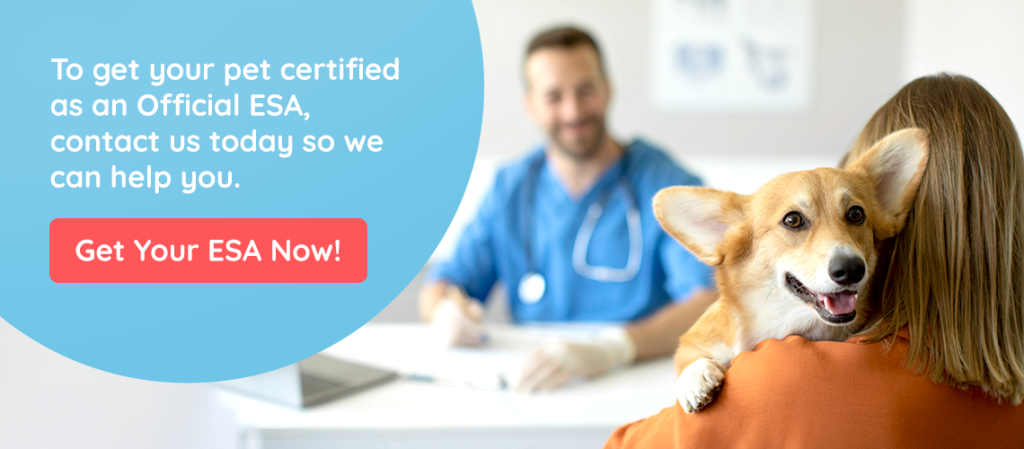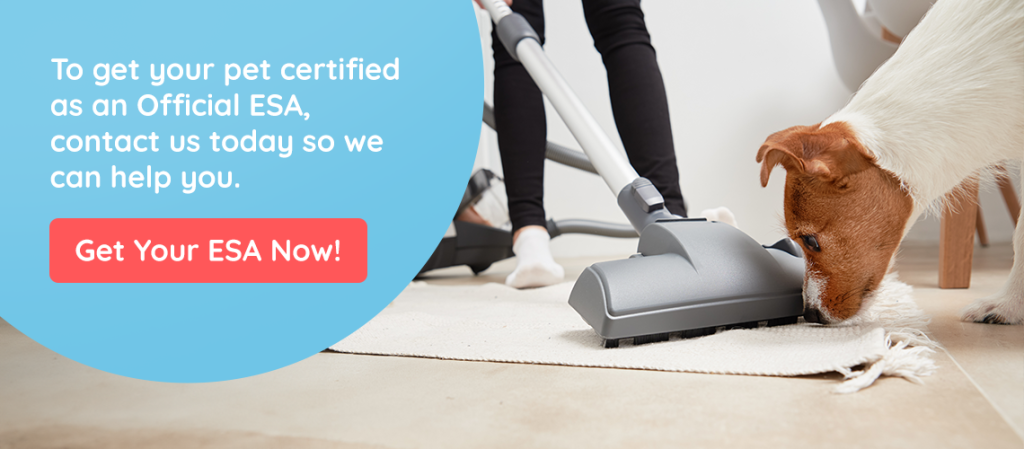Fireworks can be thrilling for humans but terrifying for many dogs. If you have a dog scared of fireworks, you’re not alone. Many dogs show signs of anxiety when they hear loud firework noises or see flashes of light. This can be stressful not only for the dog but also for the dog owner. In this guide, we’ll explore why dogs fear fireworks, signs of anxiety to watch for, and tips to help soothe your dog during these stressful events. Whether it’s during the Fourth of July or any other holiday celebration, understanding how to calm your dog can prevent stress and even reduce the risk of lost pets.
Why Are Dogs Scared of Fireworks?
Dogs are much more sensitive to sounds than humans. The unexpected loud noises from fireworks can be alarming, triggering a fear response. Dogs also don’t understand where the sounds are coming from, making them feel confused and vulnerable. Add in the flashes of light, and it’s no wonder so many dogs feel anxious around fireworks.
Another reason fireworks are scary for dogs is the unpredictability. Unlike thunderstorms, which can build up gradually, fireworks happen suddenly, making it harder for dogs to adjust. This lack of control can cause dogs to panic, leading to signs of anxiety that dog owners should be prepared for.
Signs of Anxiety in Dogs During Fireworks
Recognizing the signs of anxiety in your dog is the first step toward helping them stay calm during fireworks. Common signs include:
- Panting and drooling: These are classic signs of stress in dogs.
- Trembling or shaking: A scared dog might shiver uncontrollably when they hear the sound of fireworks.
- Hiding or seeking shelter: Dogs often look for a quiet, hidden space to escape the loud noises.
- Barking or whining: Some dogs vocalize their fear by barking or whining excessively.
- Restlessness: Pacing around the house or being unable to settle is another common sign.
- Destructive behavior: In extreme cases, a dog scared of fireworks may chew on furniture or scratch at doors and windows to try and escape.
Knowing these signs allows you to take immediate steps to soothe your dog before their anxiety gets worse. If your dog regularly shows these behaviors, you might want to consider taking the extra step to help them by making them an Emotional Support Animal (ESA). ESA certification can provide added comfort and ensure they’re recognized as an important source of emotional support for you.
How to Soothe Your Dog During Fireworks
If your dog struggles with the sound of fireworks, there are many ways you can help them stay calm during a fireworks display. Here are some tips to keep your dog calm:
1. Create a Safe Space
One of the best ways to help a dog scared of fireworks is by creating a safe, comfortable space for them to retreat to. You can choose a quiet room in your house, preferably with few windows, where the firework noises are less intense. Fill the space with their favorite toys, blankets, and maybe even some treats to keep them occupied.
2. Use White Noise or Music
Playing white noise or calming music can drown out the sound of fireworks, helping to reduce your dog’s anxiety. You can also turn on the TV or a fan to create a calming background sound that masks the firework noises.
3. Desensitize Your Dog to Fireworks
One long-term solution to calm your dog during fireworks is desensitization training. By exposing your dog to the sound of fireworks gradually, they can learn to associate the noise with positive experiences, such as receiving treats or playing with their favorite toy. Start by playing firework sounds at a low volume and rewarding your dog for staying calm. Slowly increase the volume over time as they get more comfortable.
4. Comfort Your Dog
Some people worry that comforting their dog during a fireworks display will reinforce their fear, but this isn’t true. If your dog is scared of fireworks, don’t hesitate to comfort them. Hold or pet them if that helps. Sometimes, the presence of their owner can be enough to calm their nerves.
5. Try a Pressure Wrap or Vest
A pressure wrap, like a ThunderShirt, can help soothe your dog by applying gentle, consistent pressure around their body. This technique works in the same way that swaddling helps calm babies, and it’s a great tool for dogs with anxiety.
6. Consider Anti-Anxiety Medication
If your dog’s anxiety during fireworks is severe, talk to your vet about anti-anxiety medication. While medication should only be a last resort, it can be helpful in situations where other calming methods don’t work. Your vet can also recommend calming pheromones or natural supplements that may help reduce your dog’s anxiety.
For dogs with high levels of anxiety, having the emotional support they need, legally and consistently, can make all the difference. ESA certification is one way to ensure that your dog can stay by your side in stressful situations like these.
Additional Tips for Keeping Your Dog Calm During Fireworks
Here are a few more strategies to help your dog remain calm and safe during fireworks:
- Exercise before the event: Take your dog for a long walk or have them run around and play before the fireworks start. This can help tire them out, making them less likely to panic during the fireworks display.
- Distractions with high-value treats: Use tasty treats that your dog loves to keep them distracted from the firework noises. Special chews or puzzle toys filled with treats can keep your dog occupied and reduce their anxiety.
- Give your dog extra space: If your dog prefers to hide, let them. Don’t force them out of their safe space. Allowing them the room to retreat can help them feel more secure.
- Check ID tags and microchips: Before any fireworks event, make sure your dog’s ID tag is up-to-date. Scared dogs may run away from home if they panic, and an updated ID tag or microchip is the best way to reunite with lost pets.
Why Do Fireworks Affect Dogs?
Fireworks are not only loud, but the high-pitched sounds and sudden booms can be painful to dogs’ sensitive ears. Dogs also perceive the flashes of light as threatening, which can trigger a flight-or-fight response. Dogs rely on predictability, so when fireworks suddenly go off, their natural response is fear, especially if they have no prior exposure to similar loud noises. This fear is instinctive, and without help, many dogs continue to suffer from anxiety every time a firework goes off.
Protecting Your Dog During Fireworks Displays
It’s crucial to keep your dog safe during fireworks, especially if they show signs of fear. Here are a few safety tips for dog owners:
- Stay calm yourself: Dogs often feed off their owner’s emotions, so if you stay calm, your dog is more likely to stay calm as well.
- Never leave your dog outside during fireworks: Keep them indoors, where the noise is less intense and the risk of them running away is lower.
- Use barriers: Close windows, blinds, and doors to muffle the sound and reduce the flashes of light from fireworks.
- Pair them with a calm dog: If you have another dog that isn’t scared of fireworks, let them stay together. A calm dog can help soothe the anxious one by providing a sense of security.
By following these tips, you can ensure your dog stays safe and calm during fireworks, helping to reduce their anxiety and protect them from potential dangers.
When you know your dog suffers from anxiety during fireworks or similar events, getting them certified as an Emotional Support Animal can provide lifelong support and comfort. ESA certification helps your dog be recognized as more than just a pet — they’re a source of emotional care.
Take the first step towards getting your dog certified as an ESA. Start the process today!
Fireworks don’t have to be a scary experience for your dog. By understanding why they are scared of fireworks and using the techniques outlined in this guide, you can help your dog stay calm and reduce their anxiety during fireworks displays. From using white noise to desensitizing your dog to the sounds, there are plenty of ways to help your dog feel safe and secure. If your dog’s anxiety is severe, consider talking to your vet about anti-anxiety medication or exploring options for ESA certification for ongoing support.
Don’t let fireworks make your dog suffer. Take steps today to calm your dog during fireworks and make future events less stressful for both of you.


